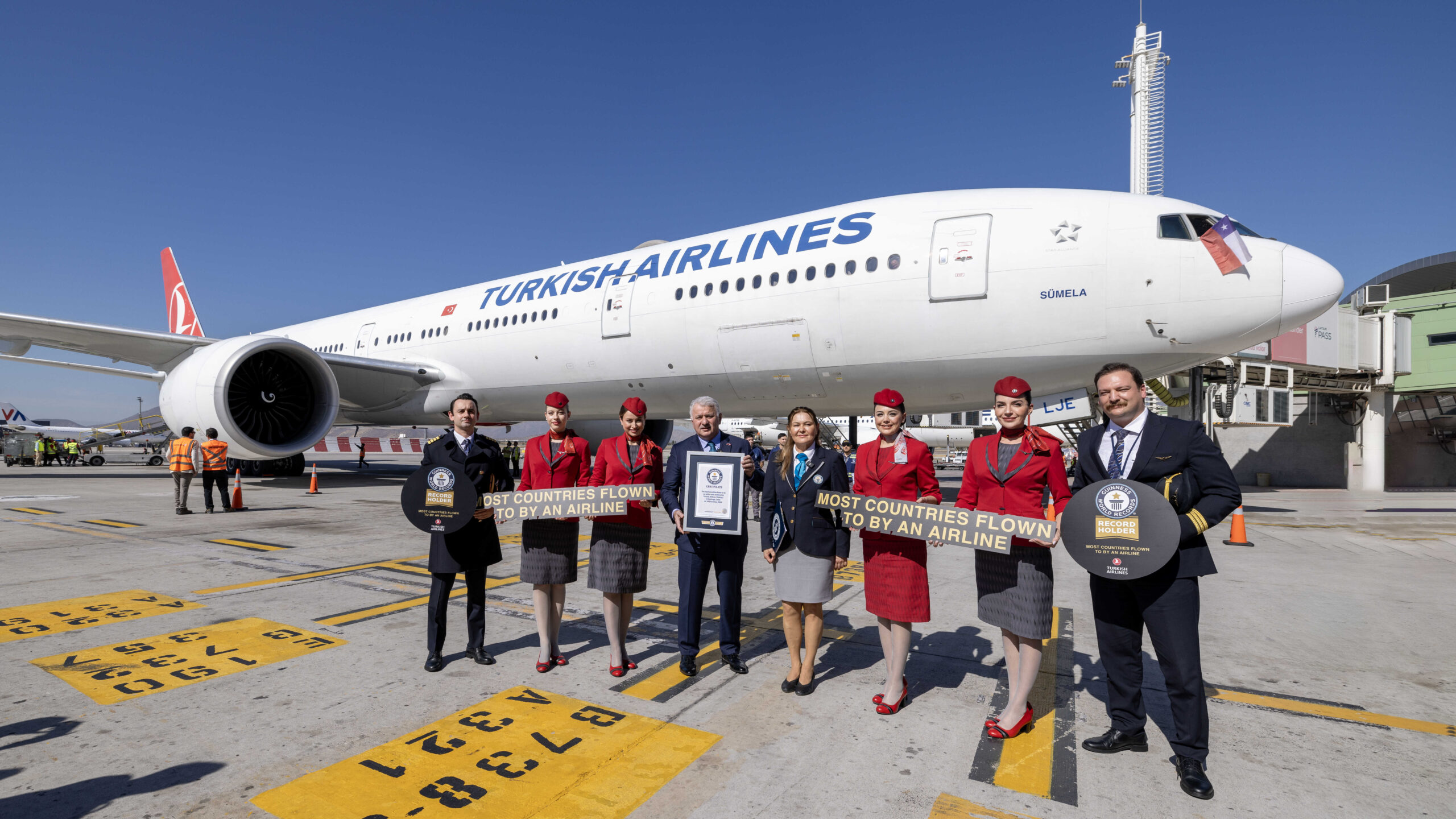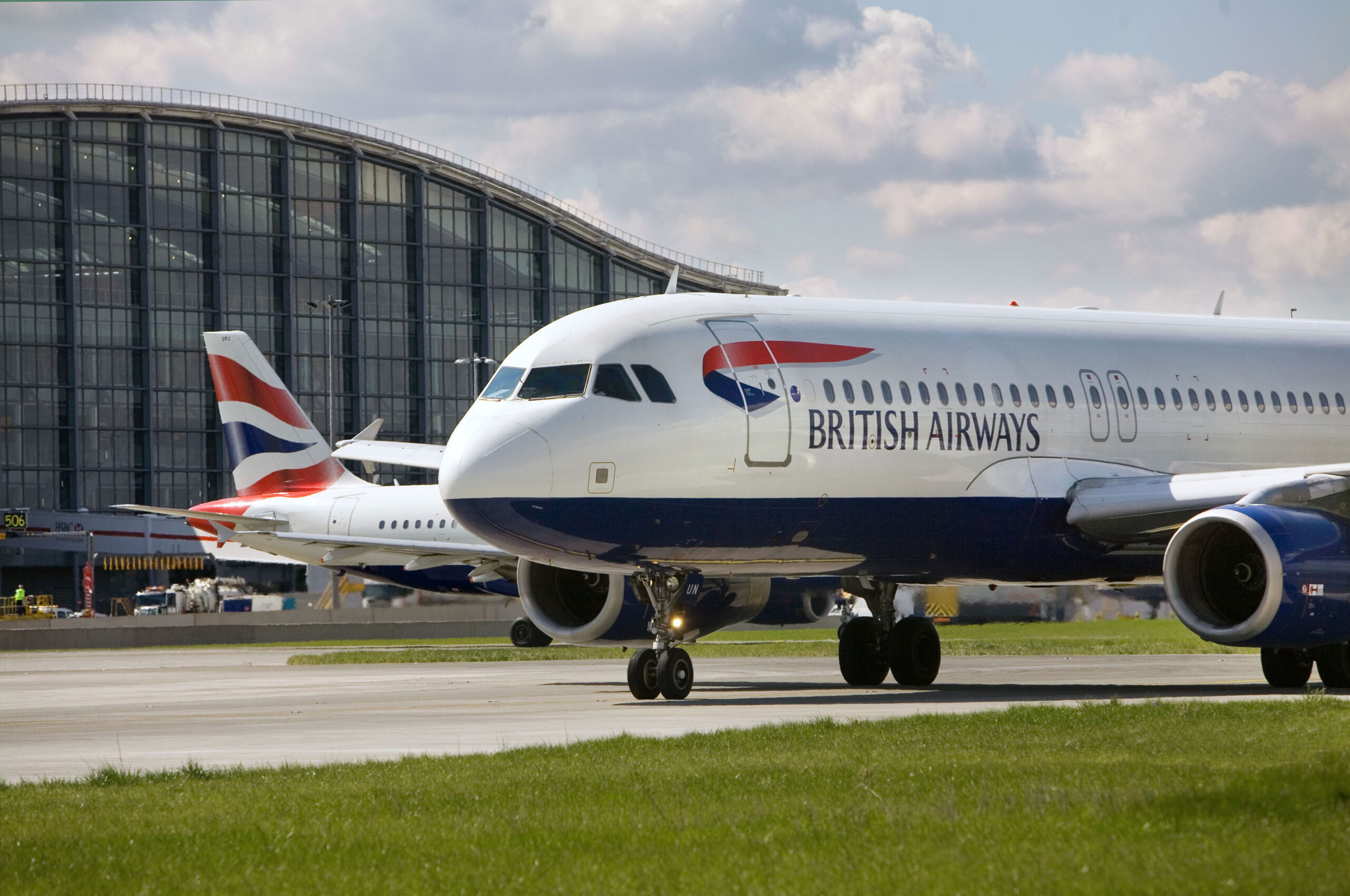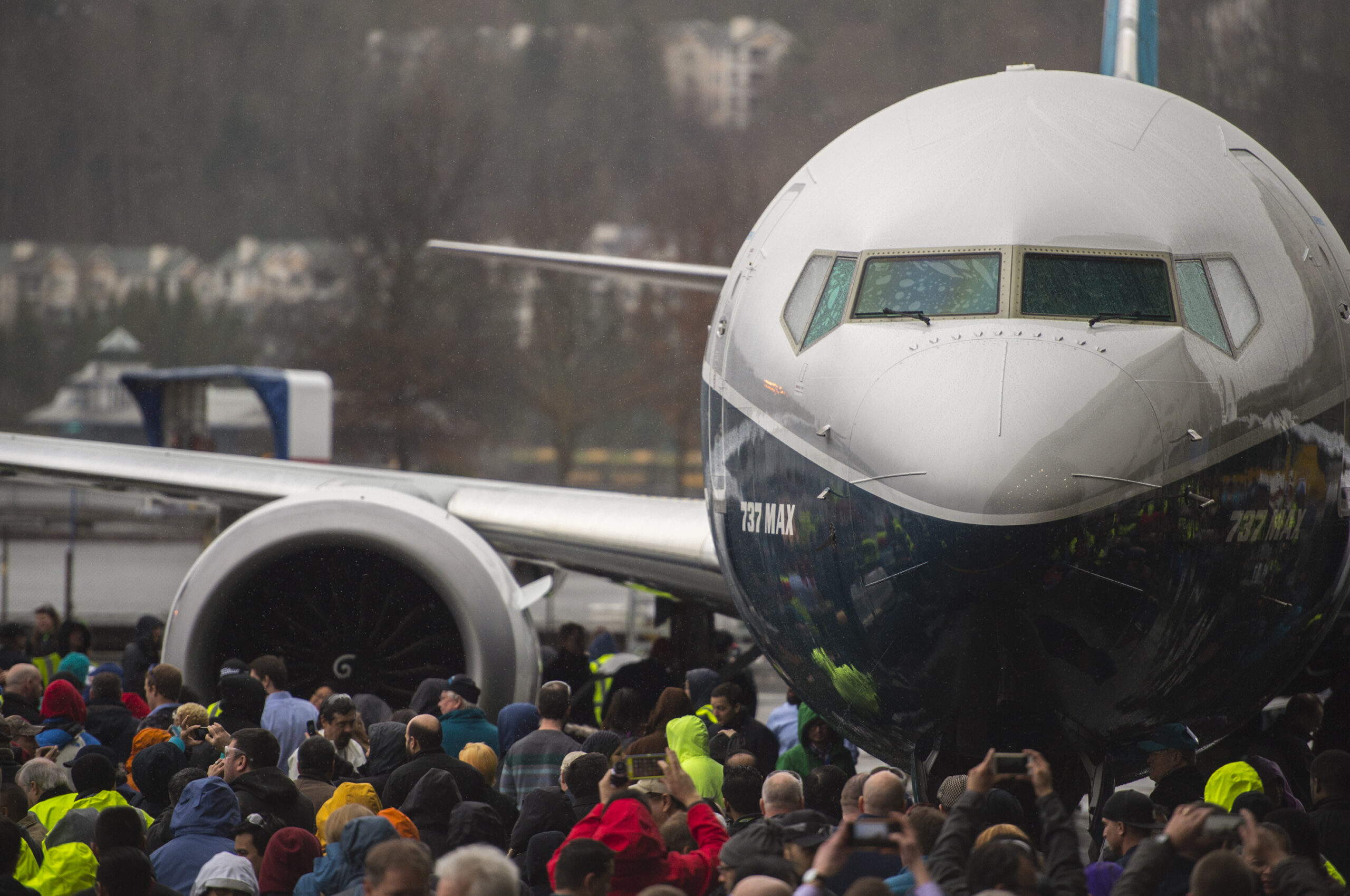
Photo: First Boeing 737 MAX 9. Courtesy of Boeing Commercial Airplanes
Boeing, the troubled airplane maker, is undergoing a management shakeup. The company’s president and CEO, Dave Calhoun, will leave by the end of 2024. Additionally, Stan Deal, the head of Boeing Commercial Airplanes, is retiring and will be replaced by Stephanie Pope, effective immediately.
Furthermore, independent board chair Larry Kellner will not stand for re-election at the upcoming annual shareholder meeting. Steve Mollenkopf will succeed Kellner as the new board chair and lead the search for Boeing’s next CEO.
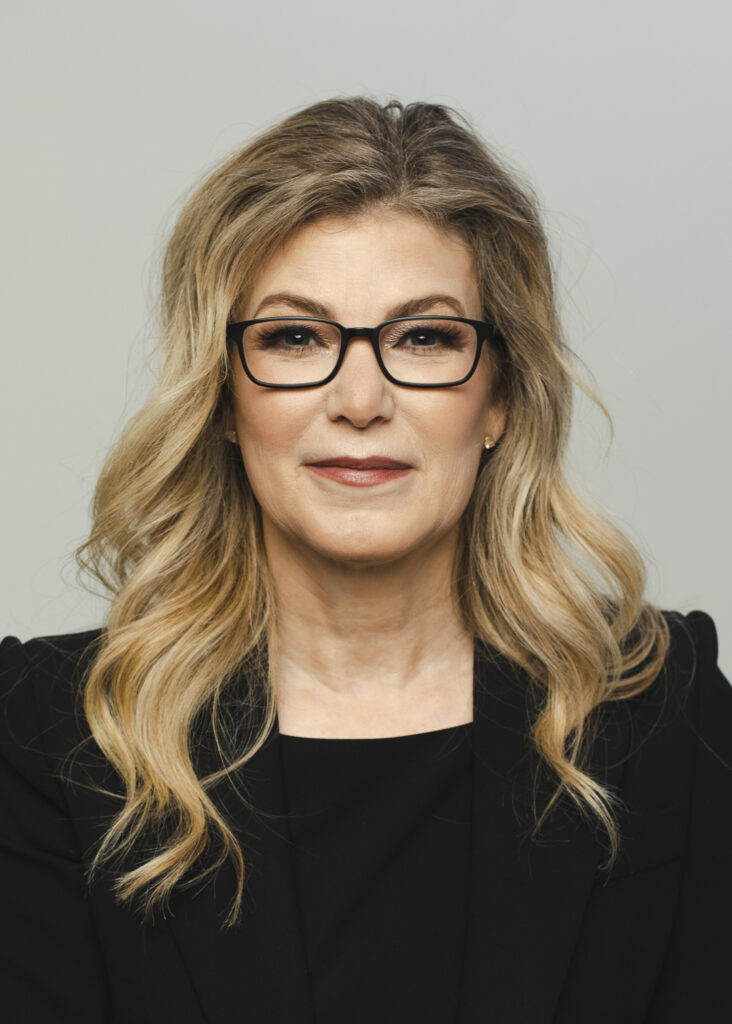
Photo: Stephanie Pope. Courtesy of Boeing
Calhoun was appointed president and CEO in 2020 with the goal of restoring stability to the company after a series of reputation-damaging setbacks. He announced his retirement in a letter to Boeing employees.
But his four-year tenure has been plagued by a deluge of bad news that has revealed systemic and longstanding problems with sloppy manufacturing, an unreliable supply chain, and lax inspection processes.
Most recent was an incident in January when a door plug blew out at 16,000 feet on an Alaska Airlines 737 MAX over Portland. The plane landed safely, and there were no injuries. Investigators quickly determined that the panel failed because the manufacturer had improperly installed it.
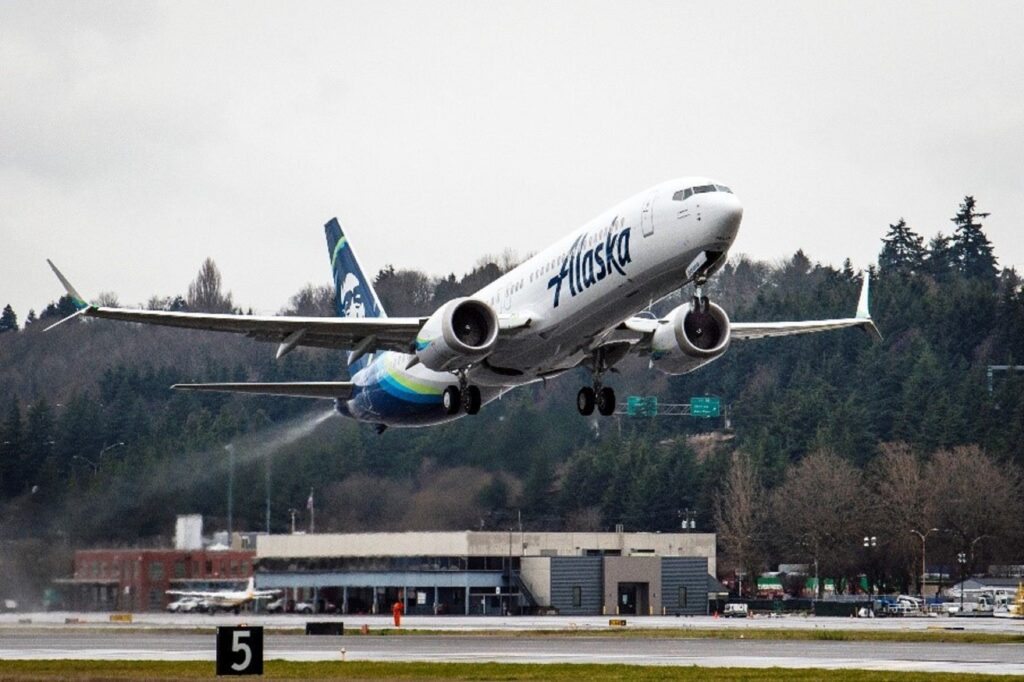
Photo: Alaska Airlines, Boeing 737 MAX 9
Calling Alaska Airlines Flight 1282 “a watershed moment for Boeing,” Calhoun wrote, “We must continue to respond to this accident with humility and complete transparency. The eyes of the world are on us.”
However, the story has further damaged the reputation of the troubled 737 MAX program, which had been grounded for two years following two deadly crashes in late 2018 and 2019.
In those instances, the cause was attributed to a design flaw in Boeing software, adding to the company’s multi-billion-dollar losses and plunging stock prices.
A Long, Winding Road
However, the problems at Boeing Commercial Airplanes extend well beyond the problematic 737 MAX program. Deliveries of the long-delayed 777X, originally slated to begin in 2019, have been pushed to at least 2025.
Still, airlines have placed orders for over 400 units of what will be the world’s largest passenger jet in service.

Photo: Boeing 777-X. Courtesy of Boeing
In addition, a series of delays have reduced deliveries of the company’s best-selling 787 Dreamliner airframes by more than a year. Many industry observers viewed Calhoun’s departure as inevitable.
“Calhoun’s departure was partly throwing somebody under the bus, but also partly to address the need for change,” says travel industry analyst Henry Harteveldt, president of Atmosphere Research Group.
“It now appears that a series of calls between Board members and airline CEOs – but without Calhoun – led to Calhoun’s departure. When your customers don’t have your back, the clock is ticking for any CEO,” Harteveldt says. “He had been at the top for a number of years, and while he’d made some necessary improvements, the changes hadn’t come fast enough.”

Photo: Dave Calhoun. Courtesy of Boeing
Indeed, according to many industry observers, Boeing’s problems have been long in the making, dating back to its 1997 merger with competitor McDonnell Douglas. That marriage started a culture shift for Boeing away from its roots, Harteveldt explains.
“Boeing had always been a company known for engineering excellence,” Harteveldt notes. “But after the merger, the emphasis was more on cost containment, profits, and share price. Now we’re seeing the consequences of that focus.”
Now, he says, the challenge is to find a balance between the two to regain Boeing’s status as one of the world’s leading manufacturers.
As Calhoun wrote in his farewell letter, “We will remain squarely focused on completing the work we have done together to return our company to stability after the extraordinary challenges of the past five years.”
What Lies Ahead
“This is a problem that’s been 20 years in the making,” according to Robert Mann, former airline executive and president of R.W. Mann aviation consultancy. “And one big weekend and a Monday morning headline is not going to solve it. You can make changes at the top, but nothing really changes unless you make changes throughout the organization. And even if it does, nothing changes very rapidly.”
To be sure, time is not on Boeing’s side. Calhoun’s successor likely faces a tough uphill climb to meet expectations. Delivery schedules lag further behind now, thanks in part to an ever more vigilant Federal Aviation Administration, longstanding supply chain issues, and a loss of experienced personnel at every level in the wake of the COVID pandemic.
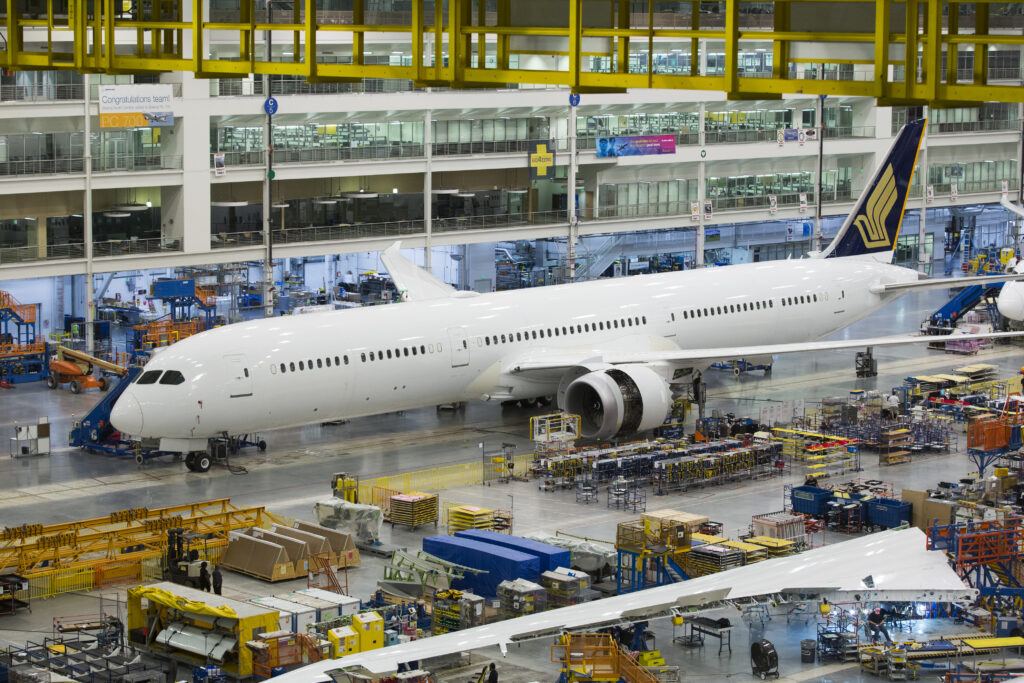
Photo: Boeing 787-10 Dreamliner in final assembly. Courtesy of Boeing
“When travel fell off in 2020 because of COVID and the reduction in new aircraft demand, significant numbers of experienced Boeing people were let go or retired,” Harteveldt says. “When production started to ramp back up, some of those years of ingrained experience were gone, and it takes time to get that back again.”
What all this means for travelers is significantly fewer airplanes, meaning fewer seats and higher ticket prices as the demand for air travel continues to exceed the system’s capacity.
“If you take a look at the number of airplanes that were expected to be delivered and to be operated in 2024, you’ll see that there are somewhere around 30 percent fewer airplanes that will be available to be operated, purely because of Boeing – not even talking about problems on the Airbus side with GTF engines,” Mann says.
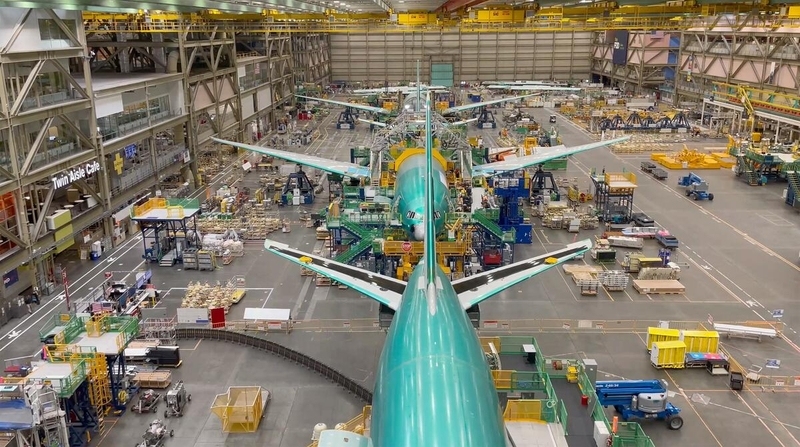
Photo: Courtesy of Boeing Commercial Airplanes
The problems are especially acute for carriers counting on large deliveries of the 737 MAX, like United, Southwest, and Ryanair. “It’s ultimately going to mean more expensive trips for consumers, whether it’s the long-haul trips on the international side as well as on the short-haul side,” Mann adds.
For Boeing, it means a long recovery to get production back up to speed, meet regulators’ expectations, and reestablish trust with their airline customers and the traveling public.
“The guiding principle here is that there are lots of professionals in this industry who realize what they do is a life-and-death thing. It’s not just producing widgets. And that’s what keeps the industry as safe as it’s become,” Mann says.
But he cautions that for a company like Boeing, the solutions need to be a departure from past practices. “You can’t simply do business as you have been, because you’re already under scrutiny for what that has cost.”

